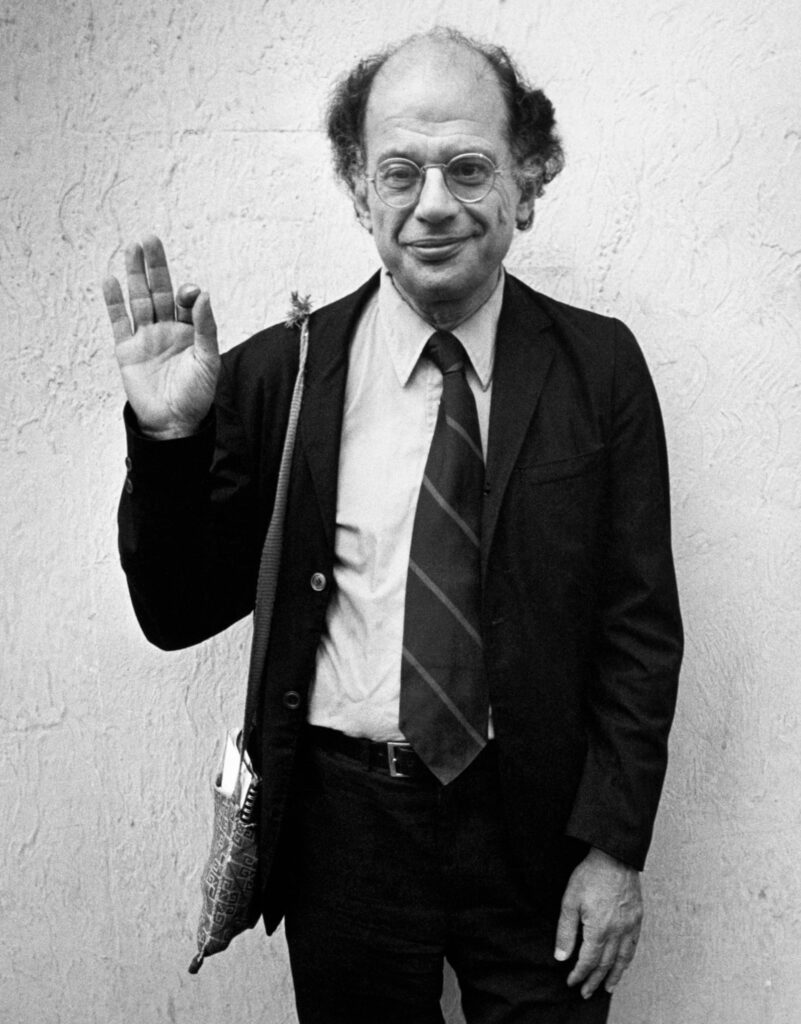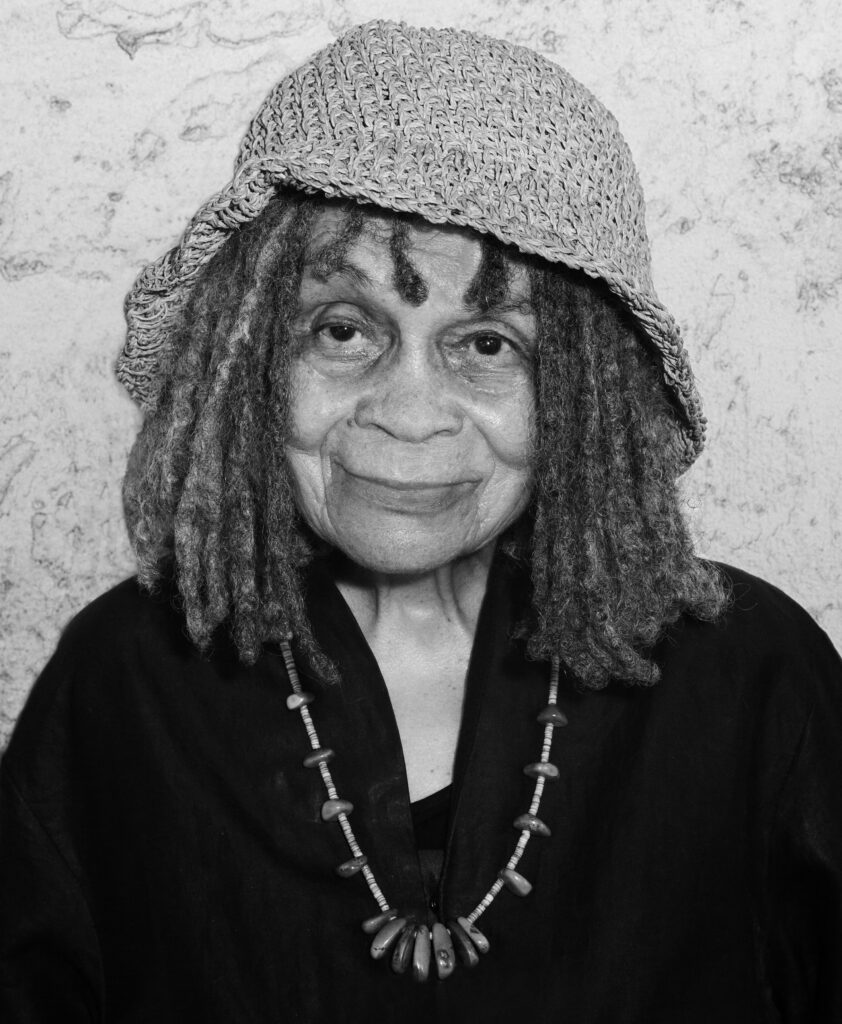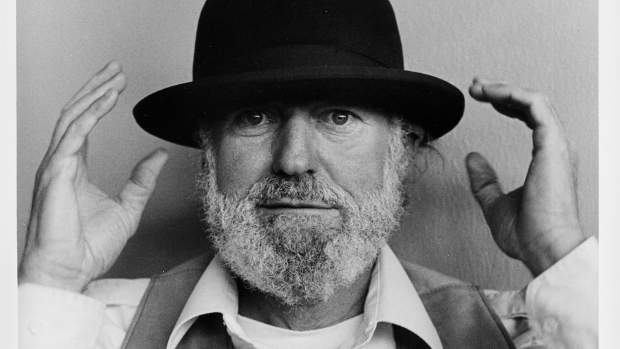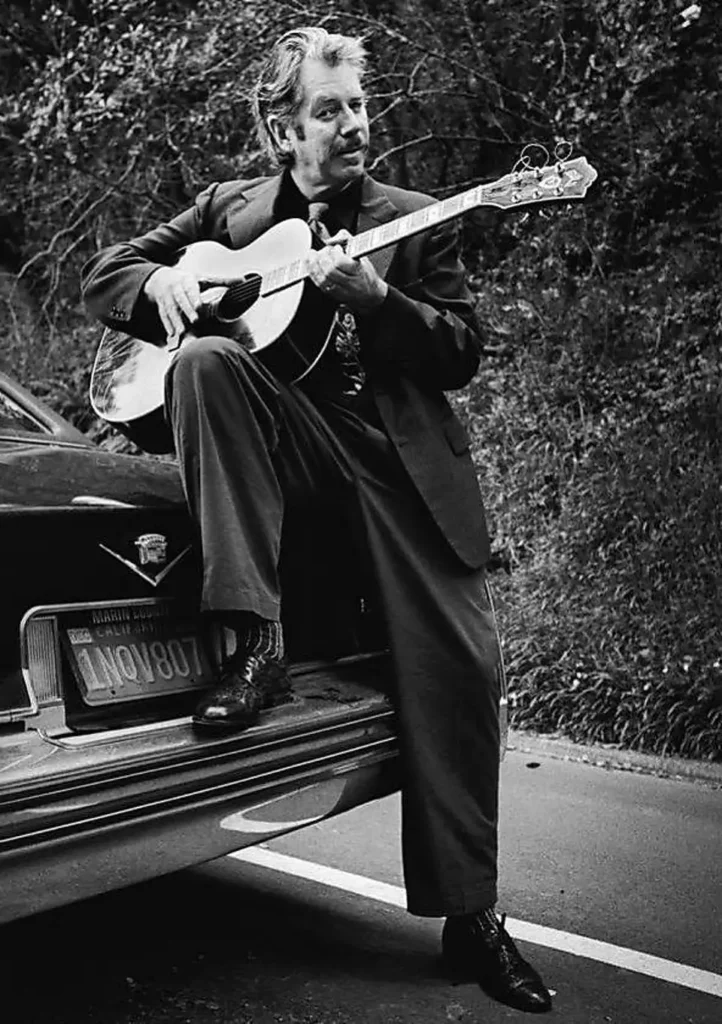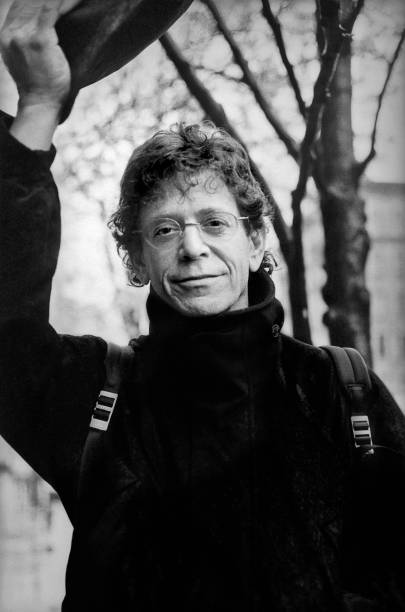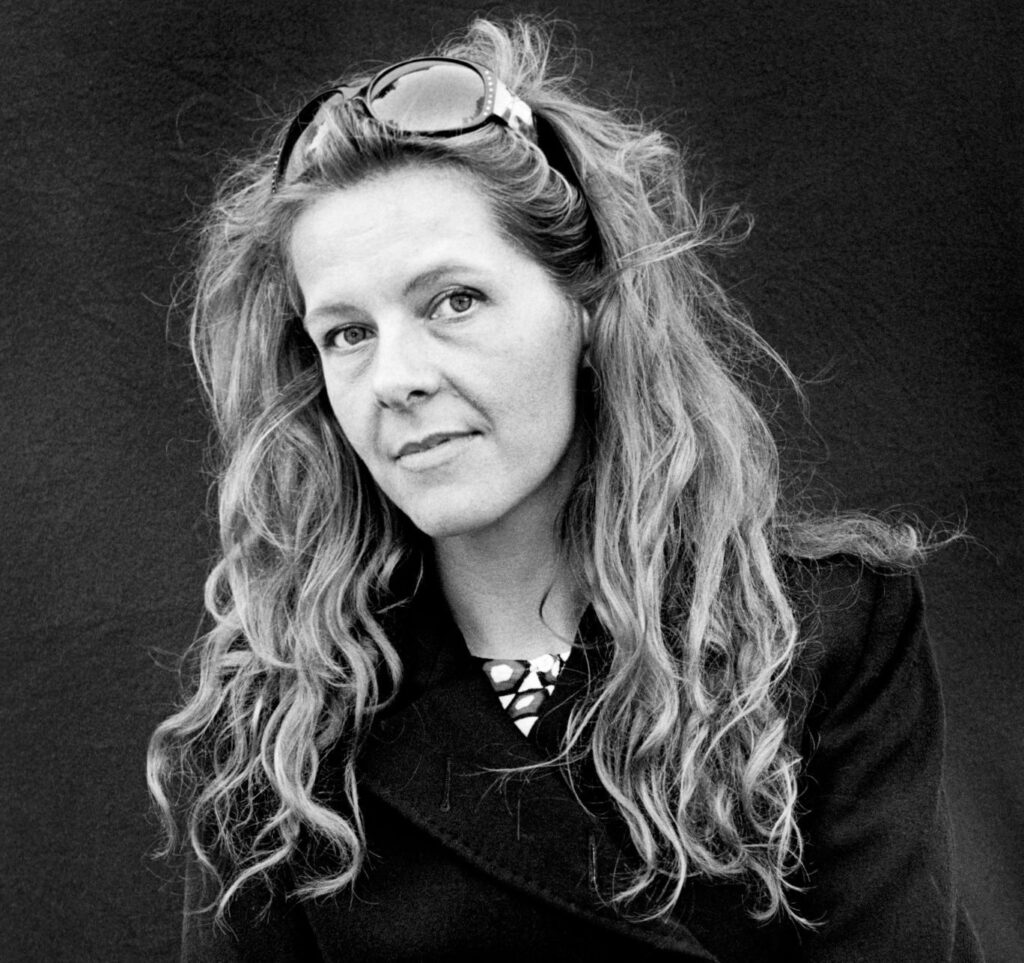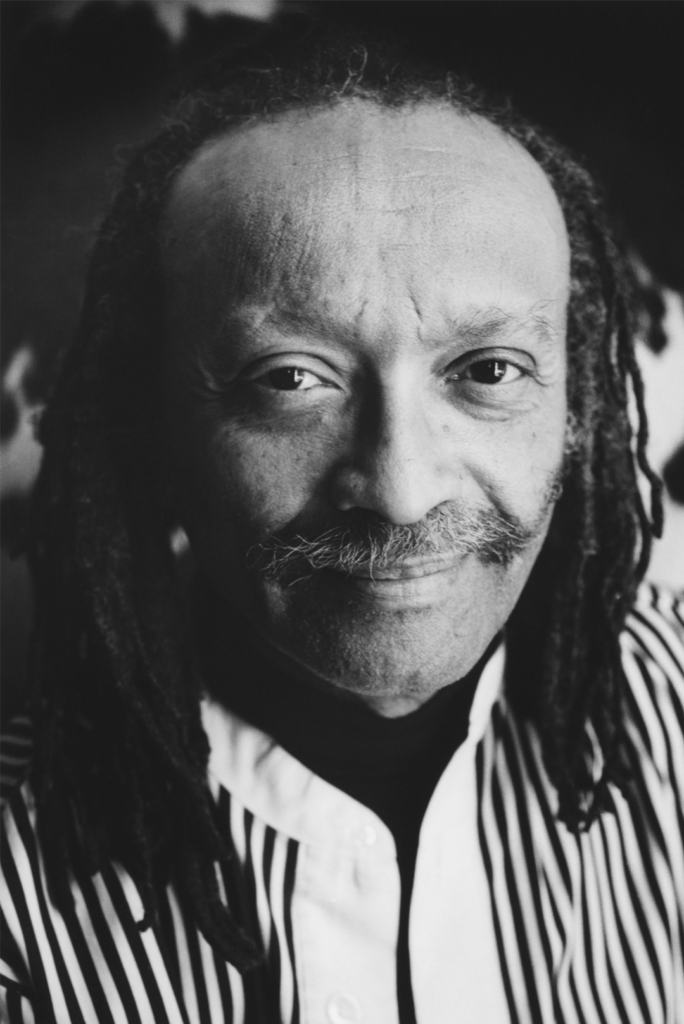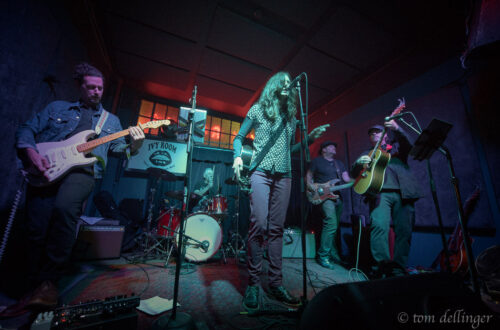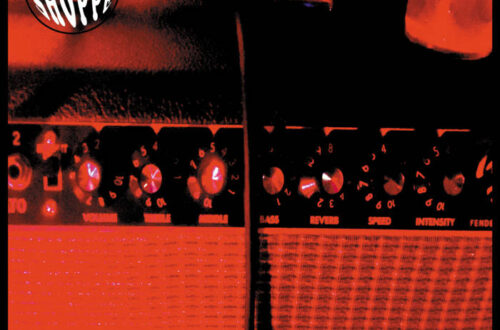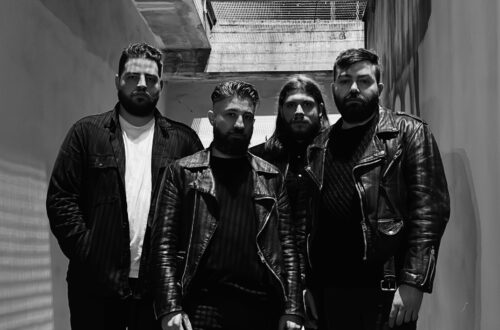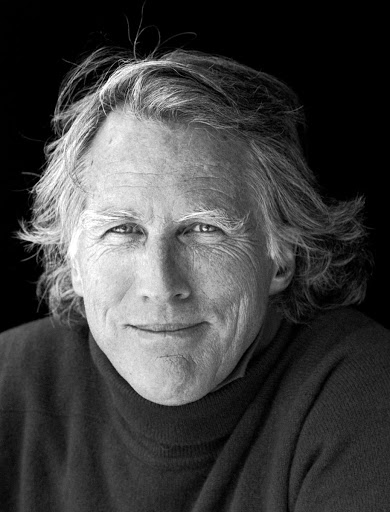
In December 1993, I was boarding a Southwest Airlines flight in SF bound for Cleveland.
I remember seeing a striking fellow – unruly Irish hair – brightly, yet smartly sweatered, beret-topped, and expertly managing bomb-proof carry-ons.
I was a single traveler, one of the herd, a throng of holiday travelers, weaving and snaking our way through the pre-911 security apparatus. I was lightly equipped, backpacker, vagus viatorem, dog-eared book in hand, cover out, in an audibly youthful display. The book, my bible, Ann Charters’ Portable Beat Reader, my guide to punk rock poetry.
With each turn, we would pass, eying each other.
“What’s his deal?” I thought.
Then he spoke, conversation limited to serpentine proximity, in acknowledgement of my new-found religion. “You know the Beats?” he asked.
That was it. The conversation was on. We sat together for the flight. I shared my many drink tickets. You shared your stories. I was enrapt.
You were flying home to your Mom’s house in Akron.
I was flying home to my Mom’s house in Cleveland.
I was a 22-year old Jesuit Volunteer working with troubled kids in California.
You knew the Sandinista Minister of Culture – a Jesuit during a week’s sojourn captured in the beautifully simple, Seven Days in Nicaragua Libre.
I did a convincing send up of William Burroughs.
We drank beer in timeless fulfillment of the persistence of memory.
Thirty years later, a Sonic Youth portraiture bears your name. “I know that guy! I wonder what that Beatnik is doing?”
I met with Chris via Zoom last Saturday.
POW: Hey Chris, is that the beret you were wearing when I met you?
Felver: No! It’s the one I am wearing in the whole golf film!
POW: Oh man, how are you?
Felver: I’m good, man. Still workin’ ’round with photography and film, you know, writing books. Doing the best I can! I just talked to Alice Walker today and Sonia Sanchez, so I’m filled with hope working on a new book, “The Imagination of Poetry”.
POW: What was your impression of Sonia Sanchez?
Felver: I hope she goes on forever. She is a seminal part of the black arts movement. She’s fantastic! Alice… I am trying to get her to write a poem for this next book I am doing… But I made a picture of Alice. It took a while to meet her. When I finally did, at her apartment overlooking Lake Merrett she met me with her beloved doggie. I tried to work as fast as I could, but there was sun pouring in her window. That can be tough for those wearing glasses. Her television blocked the sun perfectly and it was over almost before it began. In that case I’d rather be lucky than good, if you know what I mean!
POW: Maybe that has been your lot in life: You have just been lucky.
Felver: I think so.
POW: Thank you for getting back to me. When I met you, you were on your way back to Akron. Do you still get back to Akron/Cleveland? Do you miss it?
Felver: I still get back to Akron. My Mom’s house is there. She passed in January 2020. In
March, a storm damaged the house. So now I am dealing with legal people, insurance people.
The insurance people do not want to pay me. The legal people tied me up for years. I just settled
with them after four years. But when I am in Akron, I feel like Chrissie Hynde — but my city was gone. Most of the guys I knew there have headed to the barn. I wish I knew you were there, that would have been great!
POW: I truly remember that chance meeting very clearly. I helped reinforce my life’s direction at the time. In particular, your story of meeting with the Sandinista Government of Nicaragua that you documented in Seven Days in Nicaragua Libre. In our conversation, you emphasized that the US government and press had demonized Nicaragua as a communist threat… I can recall the transcript of President Reagan’s “Windows of Vulnerability” speech and the communist domino theory fear mongering. Your experience was that the Sandinistas were a Christian Socialist government that wanted to affect immediate positive change for the people of Nicaragua – most living in poverty. So, for me, I was really into the idea of affecting immediate positive change for those most at risk of awful outcomes… I have been on that course ever since… So thank you.
Felver: For a while, it is true, the Sandinistas were trying to help the poor. That’s true. Then
Danny Ortega showed his dictatorial face. Now look where they are. We should have known it
when he went to New York and bought 7 pairs of really expensive glasses! That was the telltale
deal with Danny Ortega! Lawrence (Ferlinghetti) went back down there and did a reading. The powerful poem talked about the “Bald-headed hyenas of American business”. Lawrence was my main man until the end.
POW: What were your lasting “lessons” from your time with the Sandinistas?
Felver: Yeah! Take your own toilet paper! Drink some of that Caña rum! We knew Ernesto
Cardenal, the Nicaraguan priest, poet, and Minister of Culture. He would have a nip in the
morning! But when you get into a war-torn place like Nicaragua, everyone is just so beaten
down, they have just had it, paralleling all war zones. In a place like the Sandinista’s Nicaragua,
everyone just needed to get away from the reality of war. We weren’t getting the real story while
Reagan was in office. But, as it turned out, it became another dictatorship.
POW: Also, thank you for being a friendly, decent person, a person comfortable in sharing their experience. I really enjoyed your company. I am guessing that your candid nature… Your comfort with others helps people relax and helps with your portraiture. Personally, I had to learn to relax around my music and literary heroes. People don’t like fanboys. How do you deal with celebrity?
Felver: Everyone is still wearing two shoes most of the time. I don’t get too worked up. I
love it. If they aren’t too crazy, they treat you right. All the German artists – those guys were the best in the late 80’s. I photographed Gerhard Richter, Jörg Immendorff , Georg Baselitz … in their studios, Sigmar Polke! They gave me time to do what I wanted. It all depends, as each one is different. Now, being a celebrity is a big deal. It is a little different now. In the 60’s, how many celebrities were there? There weren’t that many. Then you throw in the West Coast scene, and you have the basic music trip outside the jazz scene! Now, it’s a big deal to make a picture.
POW: Did you photograph any members of the West Coast music scene, like Jerry Garcia?
Felver: Robert Hunter, the Dead’s lyricist, was around the poetry scene in San Francisco.
But, so many people were photographing musicians. I was looking for something else. I was good friends with Jim Marshall who was the man when it came to music photography. He sent me to LA to meet David Fahey who got my book,The Importance of Being, published. Dan Hicks and RJE (Ramblin’ Jack Elliot) are wonderful friends along with the Rowan Brothers. It’s a pretty open scene around here.
POW: I know you shot Lou Reed, but that is as far away from the West Coast as you can get. He is New York through and through. Tell me about Lou Reed.
Felver: That was at (Gregory) Corso’s Funeral. Went there with Ferlinghetti. I was like
Ferlinghetti’s secretary. We went up to Ginsberg’s apartment, and Bob Rosenthal, who was Ginsberg’s assistant said, “No pictures!” And I didn’t take any pictures of Ginzy’s apartment, even though he had only lived there for a month, six weeks max. There was a little bed there by the window. Peter Orlovsky was there making bouquets around Allen’s bed . We went to St. Mark’s (Church in-the-Bowery) a few days later for a wake. Everyone was doing their thing. Patti Smith performed. Lou Reed was there, and he’s headed with his guys across the street to the delicatessen. I said, “Man, can I make a picture with you?” So we went “to the delicatessen!”, and it was raining. He put himself in the (Bob Dylan’s) Nashville Skyline look by holding his hat and that was that. Perfect. Later, I saw him walking his two little doggies, and they all had been to the manicurist and had pink toenails. They were chihuahuas, and I’m thinking “Lou, what’s this about?” They were fluffed up and clean as a whistle, and I thought “Wow. The songs that you wrote, and the way you look with those doggies now, is really quite a contrast.”
POW: How about your own celebrity status as an artist of merit and author? People experience art through their emotional response to the art. They tend to associate that feeling of beauty and joy connected to the physical art with the artist. How do you deal with that?
Felver: My Mom always told me to say “Thank you”. I usually say, “Awww, c’mon, it’s not that big a deal”, but you are really just supposed to say, “Thank you”. I always think how easy pictures are to be made. It had to be done, and I was there. I am not big on compliments.
POW: You’ve photographed some very influential people: Maya Angelou, Francis Ford Coppola, Salman Rushdie, Lou Reed, Roy Lichtenstein, Kurt Vonnegut, Robin Williams, Dennis Hopper, Steven Spielberg, Neil Young, Neko Case, Norman Mailer, Thurston Moore, Hunter S. Thompson, Stevie Wonder, Elvis Costello, William Burroughs, Alan Ginsberg, John Cage, Merle Haggard, Willie Nelson, Clint Eastwood, Tom Hanks… did you ever geek out over any of those amazing women and men?
Felver: No, but I love them all. My gallerist in LA, Robert Berman– You’ll love this. He says, “I’ve got it Felver!”. You’ve got this show at the SCA (Sausalito Center for the Arts) and you need someone to write the press release. He read the initial release for the show and saw “artists, writers, and intellectuals”.Another friend looked it over, and said, “Who wants to meet an intellectual?” So, I had another look at the press release, and said, “Intellectuals? Awww… No. No. No. Not intellectuals, you mean influencers”. Berman gave me the new, hip word, right? Influencers! I’m not sure I know
what one is!
POW: I love music. I am a music writer. You have photographed so many of my music heroes… Who do you listen to?
Felver: You know I made a movie about Cecil Taylor, right? That took about 5 years. Cecil
Taylor is the maestro of the piano. He is like with Coltrane. I went to New York and I played
guitar and sang. I used to busk and play in clubs by myself, as I didn’t want to do it with anyone else. It’s all too complicated. You’ve got someone else’s wife problems or someone’s dog problems. It’s all too much. But when I went to New York, I met Cecil and the Jazz musicians who practiced 8 hours a day. I stayed at the New York Noise studio on Gansevoort Street – full squatters rights for the couch – and on the weekends, I’d have the place to myself. Roseanne Cash recorded “The List” there with John Leventhal, Shawn Colvin and maestro Rick DePofi . He was my man – DePofi scored my films on Tony Cragg and Lawrence Ferlinghetti. It was a creative paradise!
POW: So, when you want to listen to music, what do you put on?
Felver: As much Jazz as possible, but country still gets in there. You know I spent a lot of time with Merle.
POW: I pledge allegiance to the Hag!
Felver: I have this friend Benford Standley who is making a film about Jimmie Rogers and
Merle. He has like 250 hours of Merle footage & introduced me to Merle when he toured with
Kristoferson. I was lucky to spend some time at his ranch in Redding working on his film. There was a stocked pond and perfect recording studio and Bobby Bare was there with us. I was always a fan of John Prine. I hitchhiked one time from Akron to Chicago to see John Prine at Earls of Old Town. Prine liked that place. We loved his soulful lyrics from the gitgo. A friend of mine, Jim Szalapski, directed the film Heartworn Highways in 1974 about the outlaw country movement – That’s when the country bug got a hold of me. I like that stuff – Townes VanZant, Guy Clark, David Allen Coe, Steve Earle. That is what got me into film making.
POW: Steve Earle’s drummer, Will Rigby, used to live in Shaker Heights.
Felver: Oh yeah? That’s cool. Steve Earle, I like those heavy boots, keys on your belt, shit
kickin’ stuff. He’s something! That whole group of players got me into the country thing. You
know, all of my pictures of guitar players, you see the full guitar. That’s important. The music
thing, check out my book, American Jukebox. It has portraits of 240 artists from Pete Seeger to John Cage and Mavis Staples to Sonny Rollins. I was at Dick Gregory’s funeral, they used my
picture of him, and I met Stevie Wonder, and I made a picture of his fingertips-Fingertips Part
2! That was cool! I try to keep it havin’ fun, man.
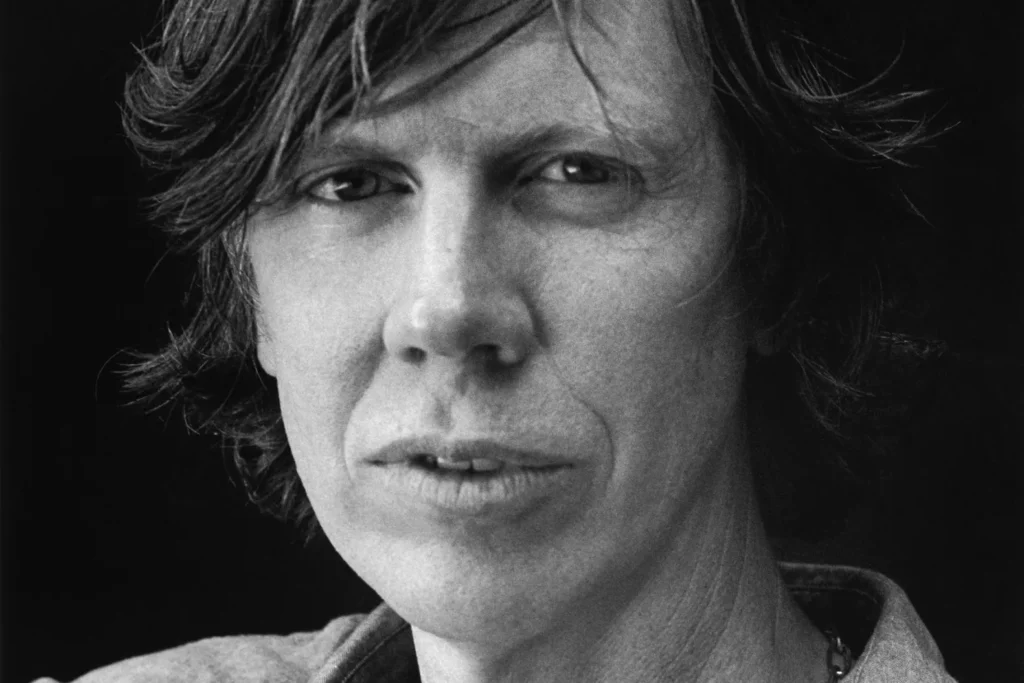
POW: You photographed and filmed Sonic Youth! That’s my band. I got to meet and interview Kim Gordon at her installation opening at the Warhol in Pittsburgh.
Felver: (Sonic Youth’s) Lee Renaldo. I interviewed Lee Renaldo in NYC for my John Cage project just two
weeks ago. Lee wrote one of the introductions for American Jukebox, and David Amram wrote the other. Thurston made an appearance in my film, Cecil Taylor: All the Notes. He was at a CT concert and sat about 2 feet from the maestro’s piano. Being there was a life changing event for him.
POW: I look forward to checking it out – and hanging out next time you are in Akron-Cleveland. Let’s not wait thirty years.
Felver: Ok!
The work of prolific writer, photographer, filmmaker, and Akron native, Christopher Felver can be seen in galleries, libraries, bookstores, and museums in Europe and America. Chris’ ability to capture the essence of writers, artists, musicians, and influencers can be experienced at his website: https://chrisfelver.com/. Mr. Felver’s Ferlinghetti documentary, A Rebirth of Wonder is currently streaming on Amazon Prime Video. Chris’s upcoming exhibit, “The Whole Shebang”, can be seen at the Sausalito Center for the Fine Arts March 20-April 14, 2024.
https://www.sausalitocenterforthearts.org/
Dig it!


